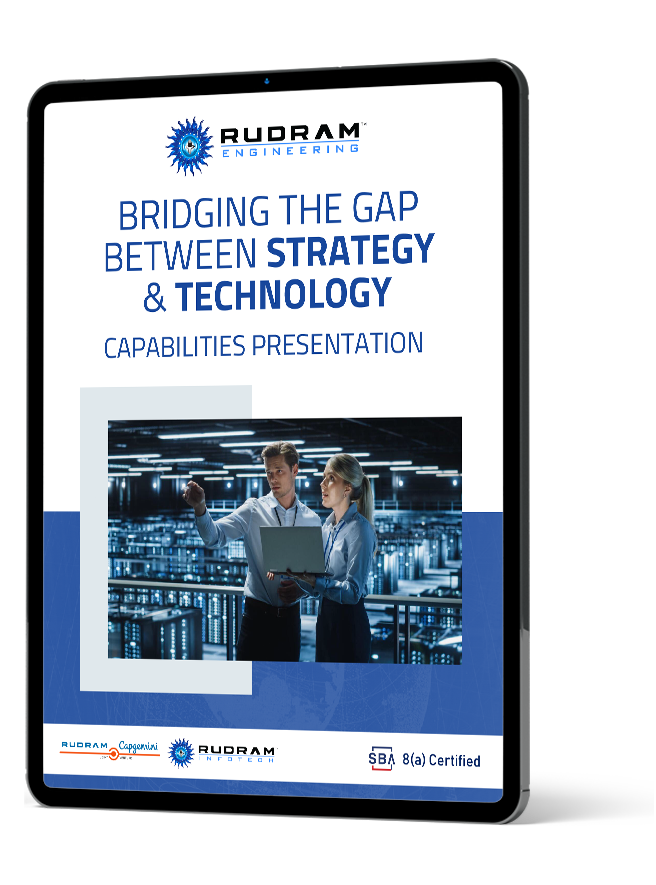At Rudram Engineering, the mission is to empower organizations with scalable, secure, and performance-driven cloud solutions. As part of our commitment to cloud modernization and DevSecOps excellence, we emphasize the importance of aligning engineering decisions with cost efficiency and operational agility. While visibility into cloud costs is a vital first step, true transformation happens when engineers are empowered to take meaningful action.
To bridge the gap between cost insight and measurable savings, engineering teams must be able to act on optimization opportunities within their existing tools and processes. This aligns with Rudram Engineering’s focus on developing integrated, high-performance cloud solutions that emphasize operational efficiency, real-time responsiveness, and cost-aware architecture. That’s where workflow-aligned engineering becomes a powerful force.
Traditionally, cloud cost recommendations have had limited impact. Often, they sit idle in dashboards or reports that aren’t integrated into engineering workflows. These suggestions may appear once a month in Finance-led meetings and are rarely prioritized by technical teams.
For one, recommendations often lack the operational context needed to resonate with engineers. More importantly, they’re usually surfaced in tools outside the engineer’s daily environment. Developers aren’t spending their day in cost management platforms, they’re working in commonly used engineering tools and internal collaboration systems.
To make cloud cost optimization actionable, the insights must be delivered where engineering work already happens. When cost inefficiencies are treated as part of regular development cycles, just like bugs or feature requests they’re far more likely to be addressed.
Integrating cost optimization into engineering workflows goes far beyond convenience. It enables meaningful, measurable results:
The result is a cultural shift: cloud cost management becomes a daily discipline embedded in technical operations.
There’s a clear parallel between cost management and security operations. In the security world, embedding vulnerability alerts into tools like Jira or messaging platforms has dramatically increased resolution speed and compliance. It’s not because the alerts became more critical, but because they were made more accessible and actionable in the developer’s natural workflow.
The same approach applies to cloud cost management. A cost anomaly that triggers a task in the team’s backlog is far more likely to be investigated than one buried in a separate dashboard. Integration drives action.
Embedding cost awareness into everyday engineering activities isn’t a one-time initiative, it’s a cultural evolution. The future of cloud optimization lies in workflows that support continuous improvement, seamless integration, and clear performance feedback.
By supporting the alignment of cloud operations, development velocity, and financial outcomes, Rudram helps organizations transform cloud cost management from a reactive task to a proactive advantage.
Cloud cost optimization is no longer just a financial concern, it’s a core engineering responsibility. By integrating cost-awareness into daily workflows and aligning optimization tasks with development priorities, organizations can unlock better performance, higher agility, and long-term sustainability. Rudram Engineering supports this shift by enabling teams to take proactive control of their cloud environments and turn cost insights into real business value.
Want to drive engineering-led cloud efficiency? Connect with Rudram Engineering and explore how we can help you integrate cloud optimization into your technical workflows without disrupting your team’s momentum.

Rudram Engineering Inc. (REI) is a well-known pioneer in software systems engineering, recognized for its creative solutions and the latest cutting-edge technologies. By focusing its resources on developing cloud-based technologies, REI further employs the power of DevSecOps to build security into the software development life cycle. The company also adopts Agile software development methodologies to be flexible, effective, and quick in delivering quality software solutions. Rudram Engineering Inc. is a name that epitomizes quality with innovation; it establishes new yardsticks in the industry with solid, scalable solutions that meet the dynamic demands of engineering.
As software becomes more complex, the need for thorough testing increases. In 2025, advancements in automated testing, AI-powered testing tools, and continuous quality assurance are expected to play a major role in ensuring reliable software delivery.
Actionable Insight: Thorough testing is essential to ensure that your software meets customer expectations and performs reliably. At Rudram Engineering, we employ comprehensive testing protocols to ensure every product we deliver is both robust and secure, minimizing bugs and maximizing customer satisfaction.
Rudram’s commitment to excellence, transparency, and customer satisfaction sets them apart. They maintain strategic partnerships to harness cutting-edge technologies and expand their capabilities, ensuring that clients receive the best possible solutions.
No-code and low-code platforms are gaining momentum as businesses seek faster, more accessible ways to develop software. These platforms allow individuals with little to no programming experience to build functional applications, reducing the time and cost of development.
Actionable Insight: Incorporating no-code or low-code platforms can speed up your application development, especially for simple or routine tasks. Rudram Engineering leverages these tools when appropriate to accelerate delivery without sacrificing quality or flexibility.